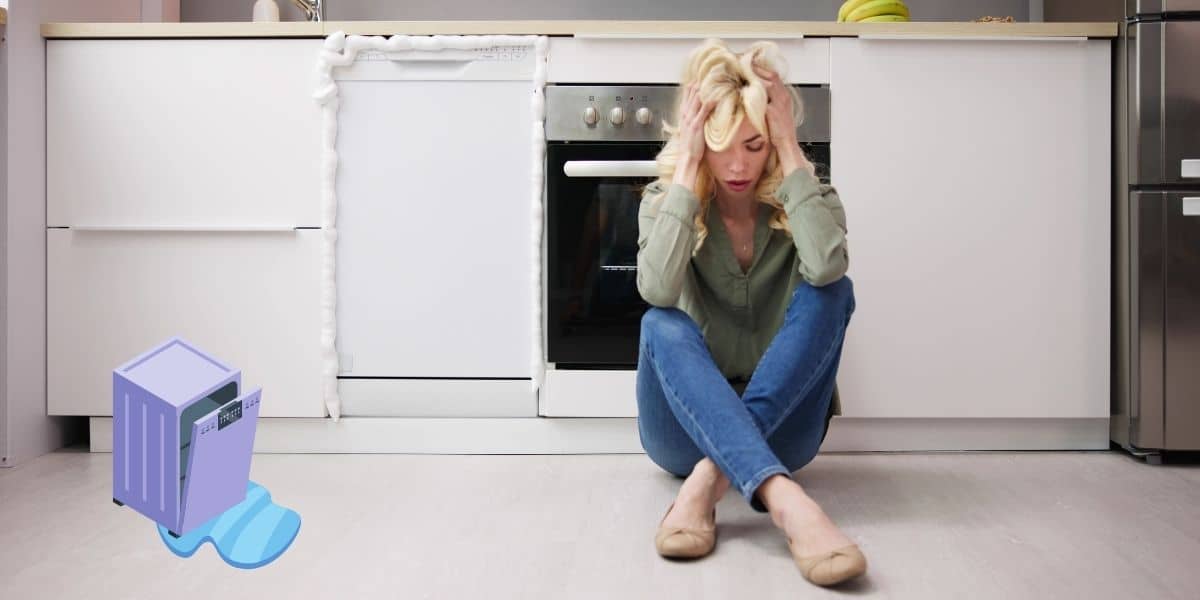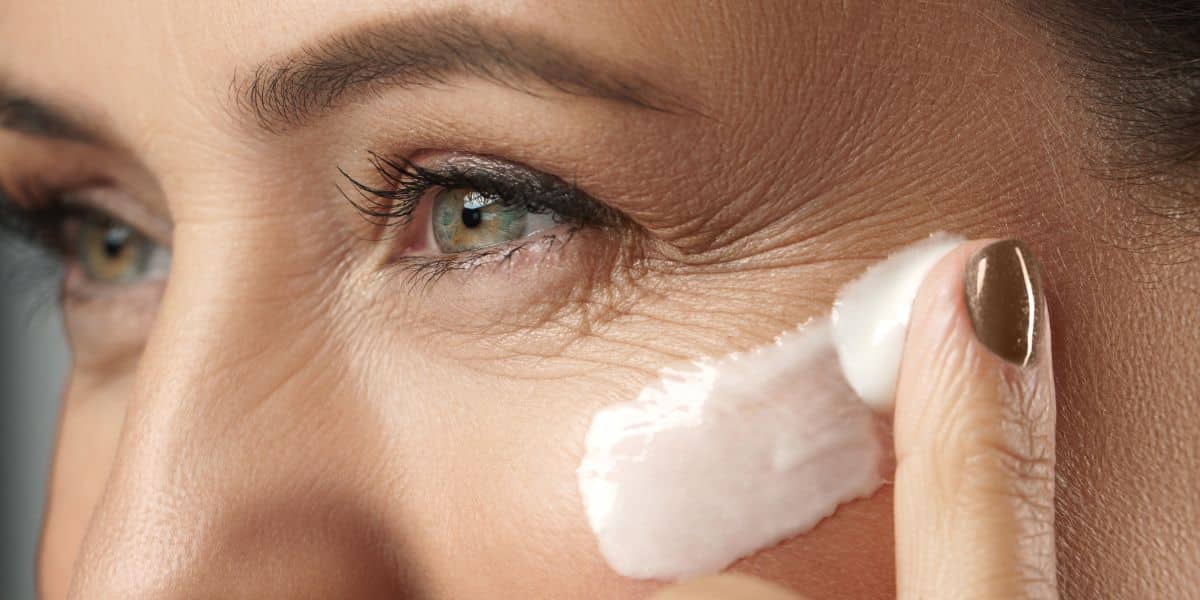Seasonal Affective Disorder (SAD) can be a challenging condition to navigate, especially when the days grow shorter and the temperatures drop. This type of depression manifests with symptoms such as low energy, anxiety, and changes in sleeping and eating patterns. For many, the gloomy winter months can feel overwhelming. However, there are ways to effectively combat SAD without resorting to medication. Incorporating natural strategies can lead to significant improvements in mood and overall well-being. Here’s how to beat Seasonal Affective Disorder (SAD) naturally.
Understanding Seasonal Affective Disorder
Before diving into solutions, it’s essential to understand what causes SAD. One of the primary triggers is the reduction in sunlight during the fall and winter. This reduced sunlight leads to a drop in serotonin levels, a crucial neurotransmitter linked to mood regulation. Furthermore, the change in light can disrupt the production of melatonin, which affects sleep patterns. Understanding these mechanisms can pave the way for discovering effective natural remedies.
Light Therapy
One of the most effective natural treatments for SAD is light therapy. This involves using a specially designed light box that mimics natural sunlight. The light exposure can help regulate the body’s internal clock, boost serotonin levels, and improve mood. Ideally, patients should start light therapy in the early morning for about 20-30 minutes. Studies have shown that consistent light therapy can significantly reduce symptoms of SAD.
Regular Exercise
Engaging in regular physical activity is another powerful way to combat SAD. Exercise releases endorphins, which are natural mood lifters. Whether it’s brisk walking, yoga, or cycling, aim for at least 30 minutes of exercise most days. Finding an activity you enjoy is key. If weather permits, outdoor workouts can also expose you to natural light, enhancing their effectiveness.
Healthy Diet
Maintaining a balanced diet can also play a critical role in managing symptoms of SAD. Foods rich in omega-3 fatty acids, like salmon and flaxseeds, can positively influence mood. Incorporating a variety of fruits and vegetables can provide essential vitamins and minerals crucial for mental health. Reducing sugars and processed foods can mitigate mood swings, making healthy eating an essential strategy for those affected by SAD.
Mindfulness and Meditation
Practicing mindfulness and meditation can also contribute to emotional stability during the winter months. These techniques are designed to help reduce stress and promote a sense of peace. Spend a few minutes each day engaged in mindful breathing exercises or guided meditations. Research suggests that these practices can help manage anxiety and improve overall mental health.
Social Connections
Maintaining social connections is vital in combating the isolation that often accompanies SAD. Whether it’s reaching out to friends or participating in community activities, socializing can lift your spirits. Sharing experiences and feelings with others provides support and understanding, which is crucial during difficult times. If you feel comfortable, consider joining a support group focused on seasonal affective disorder.
Embracing Nature
Spending time outdoors can have a remarkable impact on your mood. Nature has a revitalizing effect and can help alleviate symptoms of SAD. Schedule regular walks in your local park or simply enjoy the beauty of your surroundings. Even on colder days, fresh air can invigorate and boost your mental health.
FAQ
What are some signs of Seasonal Affective Disorder? Common signs include persistent sadness, lack of energy, changes in sleep patterns, difficulty concentrating, and feelings of hopelessness.
Can supplements help with SAD? Yes, certain supplements like Vitamin D have been shown to help improve mood. However, always consult with a healthcare provider before starting any supplement regime.
Is SAD only experienced in winter? While winter is the most common time for SAD, some individuals may experience similar symptoms during other seasons, particularly in climates with significant weather changes.
How long does seasonal affective disorder last? SAD symptoms typically start in the fall, peak in winter, and improve in spring. However, the duration can vary depending on individual circumstances.
Combating Seasonal Affective Disorder (SAD) naturally is a multifaceted approach that includes light therapy, exercise, mindful practices, and maintaining a balanced diet. The incorporation of these strategies can significantly enhance your overall well-being during challenging seasons. If you or someone you know struggles with SAD, it’s essential to explore these options. Remember, you’re not alone in these feelings. For more enriching content on astrology and horoscopes, don’t forget to return for insightful articles and share them with your friends!





